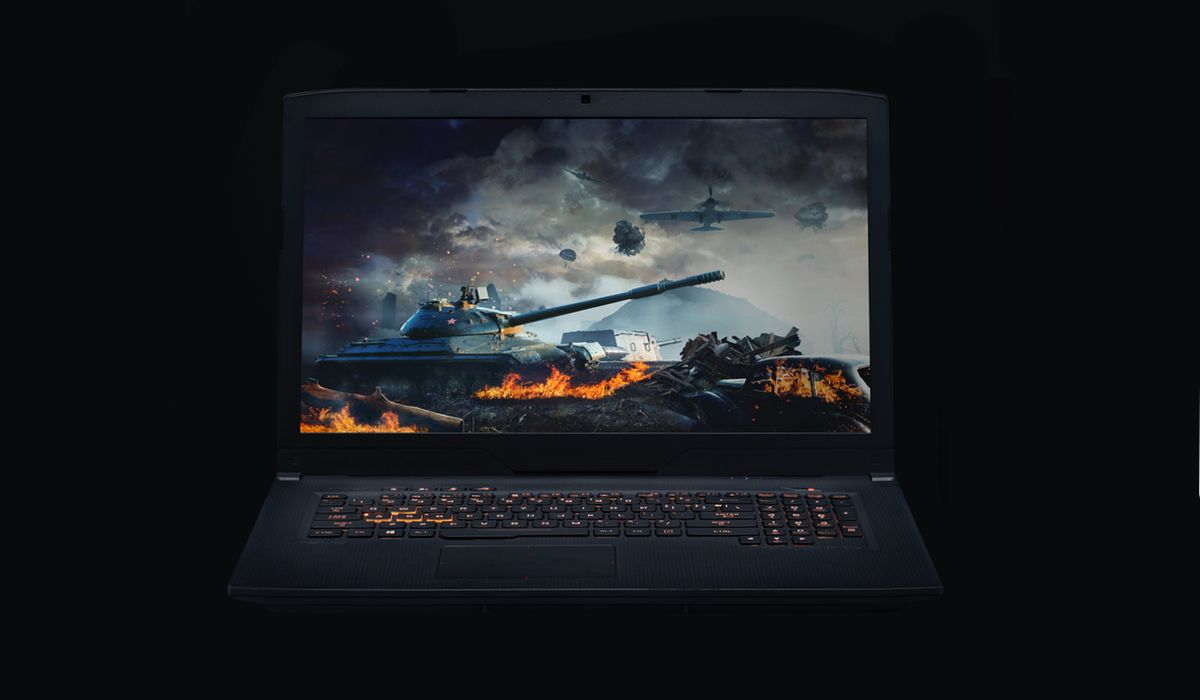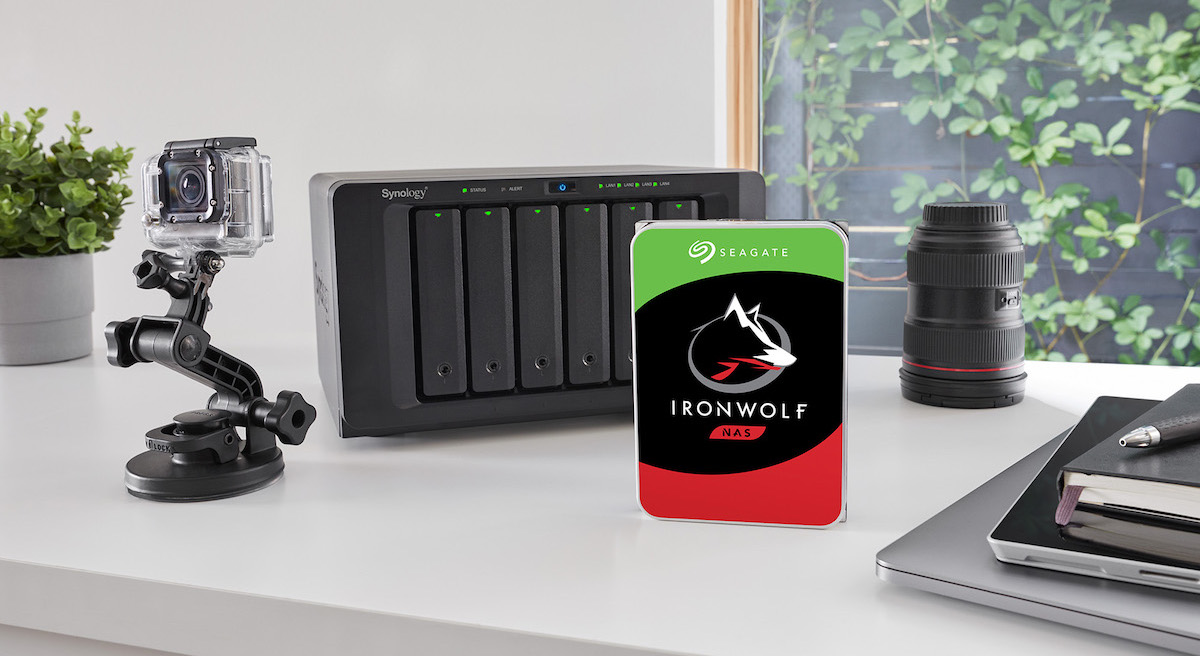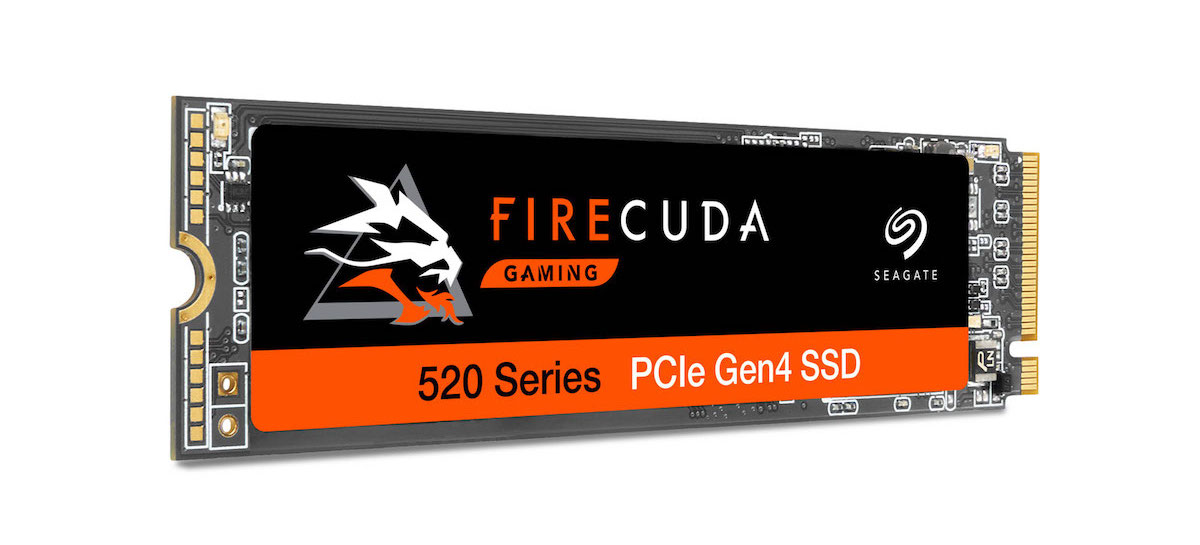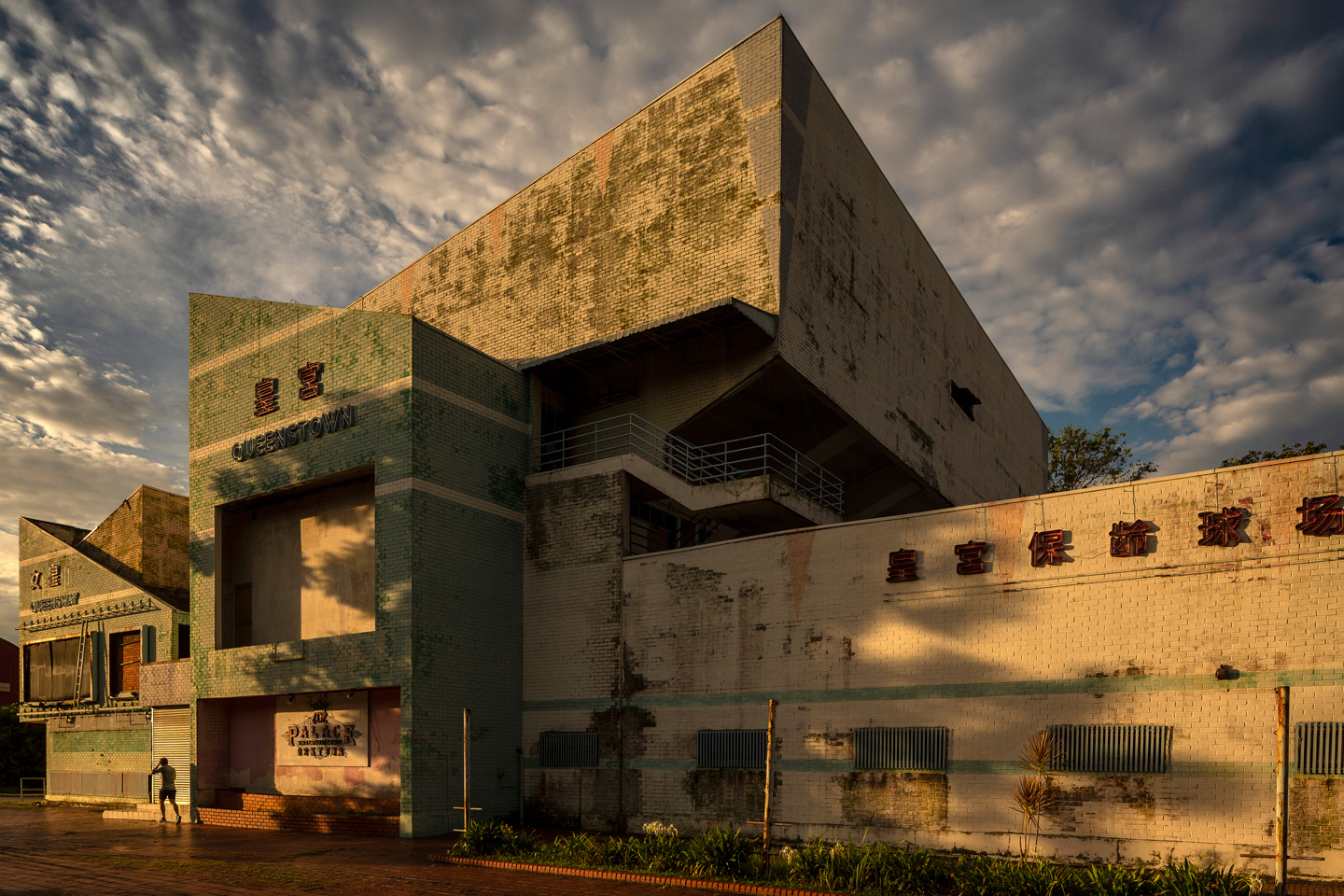NCIX’s star PC system designer and R&D coordinator Leadthaniel Le built a one-of-a-kind extreme gaming rig, and named it The Guardian PC in our honor. Powered by the latest Seagate FireCuda flash-enhanced drives and NCIX PC’s proprietary TurboHydro liquid cooling loop, the collectible limited edition system is a testament to the meticulous craftsmanship of NCIX PC. We asked Leadthaniel to look back on the project and offer a few words of wisdom for PC modders and builders everywhere about how to balance dreams, ideals and goals with the frustration of design constraints.
Will your PC build plan survive first contact with the workbench? Probably not
Picture this: You spent hours looking over technical drawings, reading through spec sheets, and you’ve surely read the motherboard manual more than three times now. The plan is great. It’s solid. You covered every angle…right? Nope. When it comes time to build… no plan survives first contact. As an experienced system designer, I still go through this scenario with every build. Regardless of how much I learn from past builds I always run into unforeseen issues. This is the life of a modder, a builder, a creator.
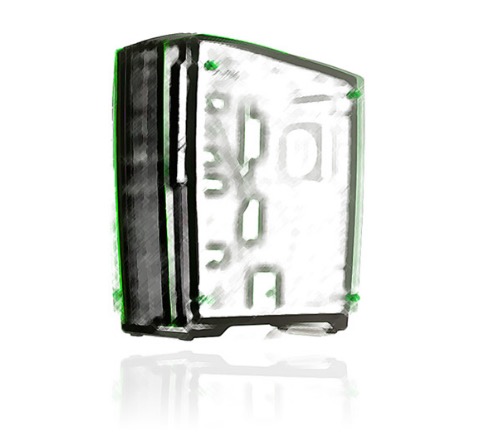 When I started with the Guardian PC, I started with some mock-ups for once. I would stare at the case then go back to my station to draw up a plan, rinse and repeat. I came up with several designs and I threw out one after another until I came up with a plan that I was happiest with. I had to make a plan to show what the end goal was, the vision, what I wanted the Guardian to be.
When I started with the Guardian PC, I started with some mock-ups for once. I would stare at the case then go back to my station to draw up a plan, rinse and repeat. I came up with several designs and I threw out one after another until I came up with a plan that I was happiest with. I had to make a plan to show what the end goal was, the vision, what I wanted the Guardian to be.
I don’t always start with a mock-up. Usually I’m physically fitting components to see how they line up, but with the Guardian I knew that the idea rattling around in my head was very complex. So complex that I would need a drawing to properly explain the vision to others. The mock-up was crude but it was clear enough to explain what my imagination dreamed up. The key here was to create a design that helped me keep the end goal in mind. Now that I had a design, it was time to manifest the dream. This is where the problems start…
How wild can your plan be?
I cannot imagine any builder saying “Oh yeah it worked out perfectly, just like I planned. Cakewalk.” after it was completed. Anyone who can say that with honesty did not explore the boundaries of their creativity well enough. If the plan you created on paper worked perfectly then was it as wild as it could be? I lost count of how many issues I ran into with the Guardian. The design constantly evolving is something I’ve come to accept with all my builds. How do you plan for a fitting being 3mm left of the position you wanted? How do you plan for a front panel cable being so short it needs to be routed diagonally to it’s matching connector? You can’t plan for these specific build issues, and it’s a little crazy to think that you can. Instead you would make sure to hold the vision in mind while coming up with a new design.
Once you accept that the design will need to evolve, you’ll have a far better build. With the Guardian, the original design called for the connection from the reservoir to the radiator directly above it to be a neat 90 degree angle that matched the rest of the loop. As it turns out, the fitting was just 3mm left of where it needed to be and adjusting the reservoir would mean either cutting into the case or redesigning the connection to the motherboard. I figured this was going to be an issue when I drew the mock-up. It would have been TOO EASY if they lined up but the gods of computer building are never that merciful. The plan sitting in reserve was to use a 45-45 rotary fitting for the connection to the motherboard which allowed me to maintain the 90 degree bend. I feel it looks great and a lot better than cutting into the case. Modding plans may and likely will fail, so you need to be adaptable. Don’t come up with a design that is so rigid it falls apart the moment you have a minor inconsistency. Allow for some flex so that you don’t end up breaking.
Don’t fear design changes — but stay true to your vision
With the changes you’ll need to make to your plan, the tweaks here and there, it’s easy to end up with a build that is completely different from what you imagined. I’ve seen it happen before with other builders, especially when I’m used as a think tank for ideas during the design phase. No matter what changes I make I keep in mind the end result. Some changes you have to make because the basic laws of physics get in your way but you still need to keep true to your vision. I designed the 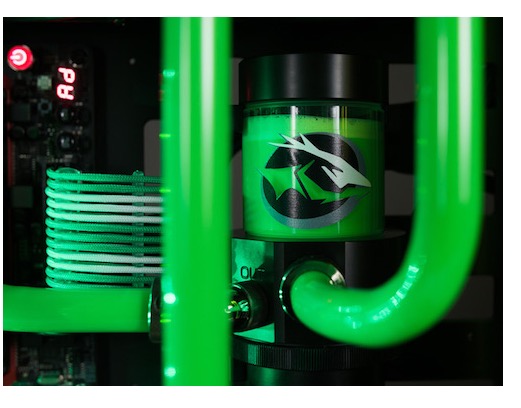 Guardian to have three separate radiators to help it achieve the complex look. When it came time to install the radiators I found the top plate doesn’t physically allow for three radiators to be installed. Working with a few builders an idea was brought up to use a 240mm radiator, which will fit on the top plate, and then a separate 120mm radiator in the back. Going with this plan would have made the build easier to the nth degree but drastically reduce the complexity of the loop which would dilute my vision. In the end I stuck to my original design and modified the top plate (with much difficulty) to make it work. Some parts, however, will just not work the right way and will end up being scrapped completely.
Guardian to have three separate radiators to help it achieve the complex look. When it came time to install the radiators I found the top plate doesn’t physically allow for three radiators to be installed. Working with a few builders an idea was brought up to use a 240mm radiator, which will fit on the top plate, and then a separate 120mm radiator in the back. Going with this plan would have made the build easier to the nth degree but drastically reduce the complexity of the loop which would dilute my vision. In the end I stuck to my original design and modified the top plate (with much difficulty) to make it work. Some parts, however, will just not work the right way and will end up being scrapped completely.
There are times when you simply have to lose a battle to win the war. It could be that the wiring would be chaos unbridled or it could be that the time/money needed far outweighed the aesthetic value. (As a side note, I personally feel aesthetic value is completely worth all the time in the world but thankfully I have people around to tell me I’m crazy.) Trying to follow through with some ideas will mean either missing a deadline, exhausting all your funds, or, worst of all, starting over. Initially, I wanted to source green hardware for the build; screws, bolts, rods, etc. I spent three entire working days trying to find a source. Either a company would provide the wrong green or provided the correct green but limited hardware options and having mismatched hardware would have been unacceptable. I even contacted painting companies to see if they were willing to paint screws and bolts for me and I’m pretty sure more than one company stared at the phone in their hand wondering if I’m serious. I do recall lots of long pauses… Imagine receiving this call. “Hey I’m wondering if I sent you a bunch of screws and bolts would you be able to paint it the exact color I want if I provide you with the CMYK code?” There were many ideas I had to scrap with Guardian, but these were ideas that I felt did not diminish the feel, the look, and the personality of the build.
Love and passion — and details
When everything is said and done, everyone gets to see this beautiful well-built machine. It’s more than the sum of its parts. It’s a work of love and passion. Small details like the green paint on the motherboard logo, the color coordination with the cables, the cuts made into the case carefully buffed and smoothed are all passed over with nary a second thought. Every builder will know what I mean by this. All the carefully planned details are usually overlooked but you don’t attend to all the small things to get them noticed. You do it because it completes the package. The real satisfaction is when people look at a build like this, made with a team of two (Thank you very much Jimmy!), and they think it’s as polished as a product made with a team of hundreds.



